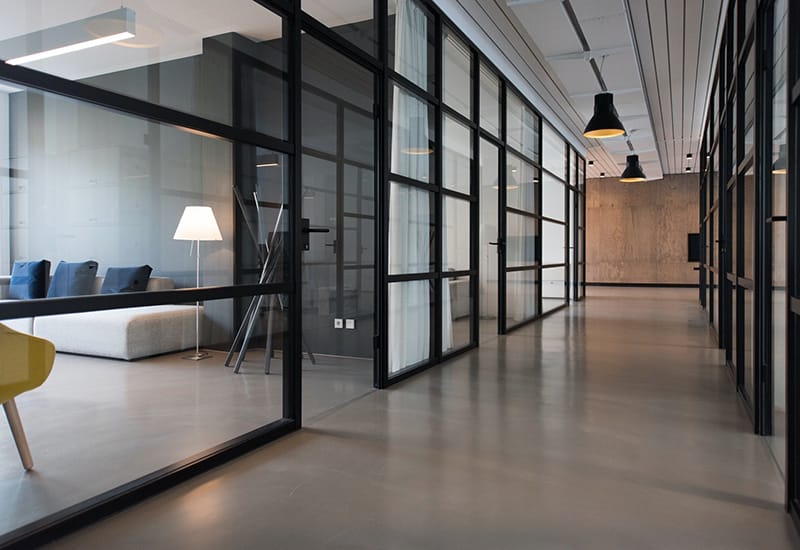The Future of Commercial Real Estate
Share post:

The COVID-19 pandemic has had a dramatic impact on commercial real estate. Some sectors of the industry, such as industrial property, remained vibrant, while office and retail space showed a decline. The reason is that the past year changed many things about the way we live, work and play.
The future for the most affected sectors still is unclear, but here are some ways the industry can bounce back:
- Office space. Office space is one of the hardest-hit areas of commercial real estate. In fact, the vacancy rate is the highest it has been in more than 10 years, and the amount of space available for sublease is also at a high. And after a year or more of having employees work from home, businesses are considering making full-time or part-time remote work permanent.
That will undoubtedly affect the amount and type of office space businesses will need. Existing space may need to be renovated as the open-space layouts that were popular pre-pandemic give way to more private spaces geared toward accommodating social distancing and other health and safety concerns.
As a result, property owners will need to be innovative and prepared to rethink how space can be repurposed. Options include housing, shared workspaces, e-commerce fulfillment centers, and health care facilities. - Retail property. Even before the pandemic, the trend toward online shopping was impacting brick-and-mortar retailers. Even so, the statistics for the fourth quarter of 2020 were eye opening. According to Digital Commerce 360, more than $1 of every $5 spent on retail purchases during the quarter came from online orders. Some long-time retailers such as department store Lord & Taylor closed their doors permanently, while others such as Macy’s significantly reduced their physical footprint. Properties meeting essential consumer needs, such as grocery stores and drug stores, have stayed stable, and shopping centers anchored by these types of properties were not as affected by the pandemic.
Owners of these properties are now faced with a choice: Let the property remain vacant or repurpose it. Unless the property is in a location that makes the land more valuable than the building or buildings on it or unless the property owner has future plans for its use, the situation is a difficult one. Owners must be creative and innovative because it is not likely that the trend toward e-commerce will reverse. - Warehouse and industrial property. Warehouse and industrial property is a bright spot in commercial real estate. The 40% rise in e-commerce’s market share resulted in a need for warehouse and distribution space. For large e-commerce entities such as Amazon that increased business, the need changed from regional distribution centers to more localized centers that can accommodate faster delivery.
Commercial real estate, long thought to be a bulletproof investment, is at the center of a sea change that has been coming slowly. The signs were there that the number of people working remotely was growing:
- Seventeen percent of U.S. employees worked from home before the pandemic; 44% worked from home during the pandemic.
- The move to online shopping was apparent before the pandemic; however, the pandemic accelerated the transition.
- Industrial real estate was feeling the positive effects of the trend toward online commerce even before the pandemic.
The signs were there, but hindsight is a wonderful thing. Now commercial real estate owners need to develop strategies to meet the challenge. This sector is likely to see fluidity at least through 2021. Contact us at (805) 963-7811 to speak with an advisor in our real estate practice for more insight into industry trends.
